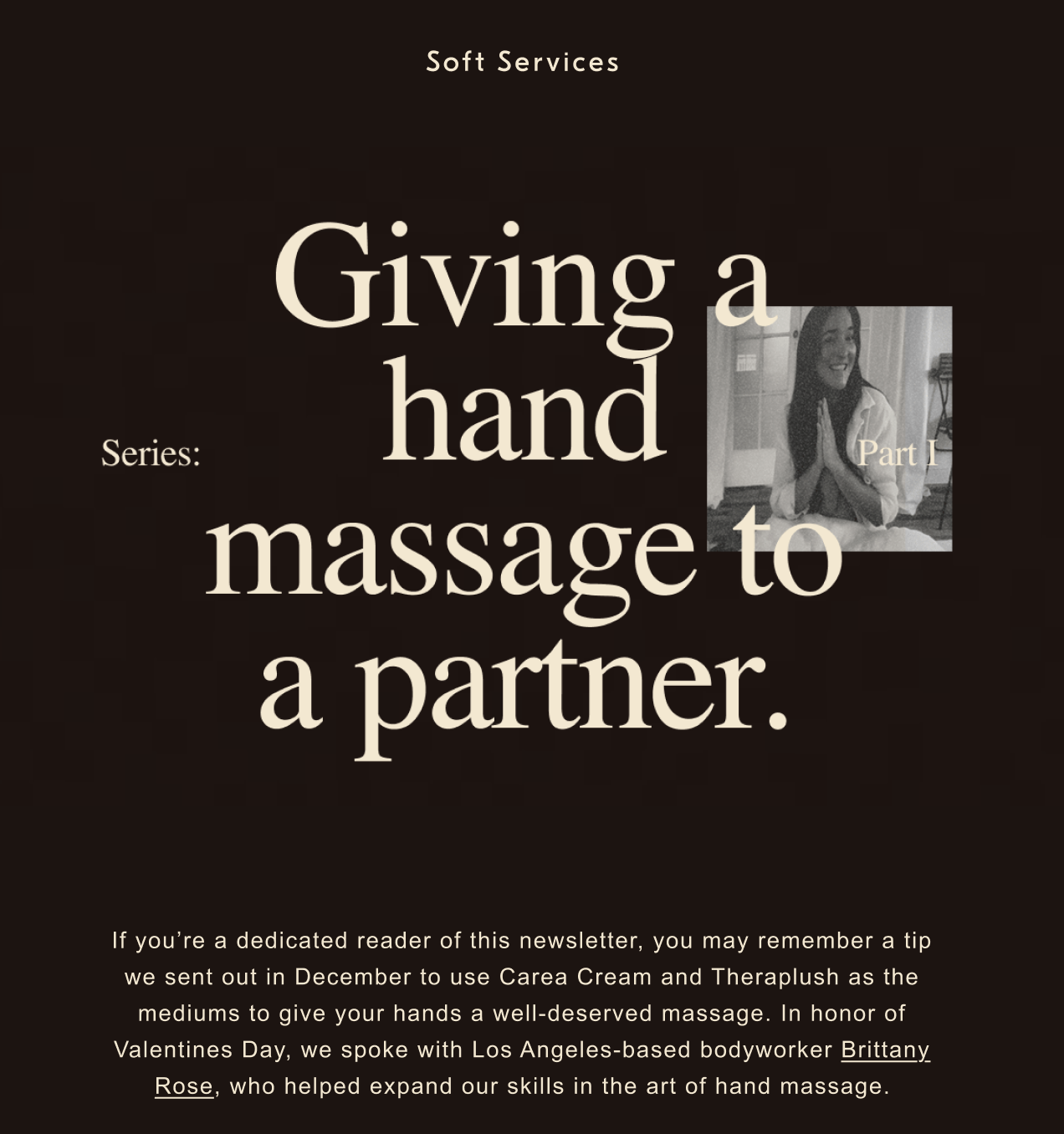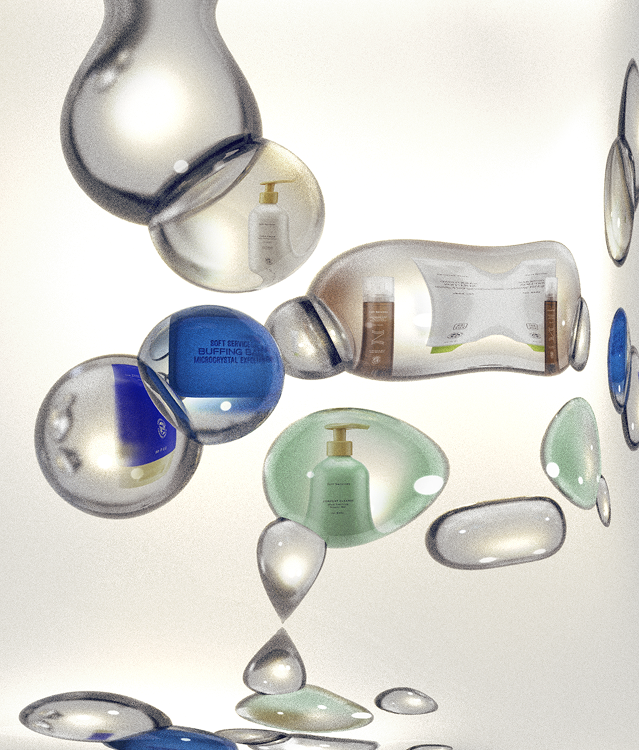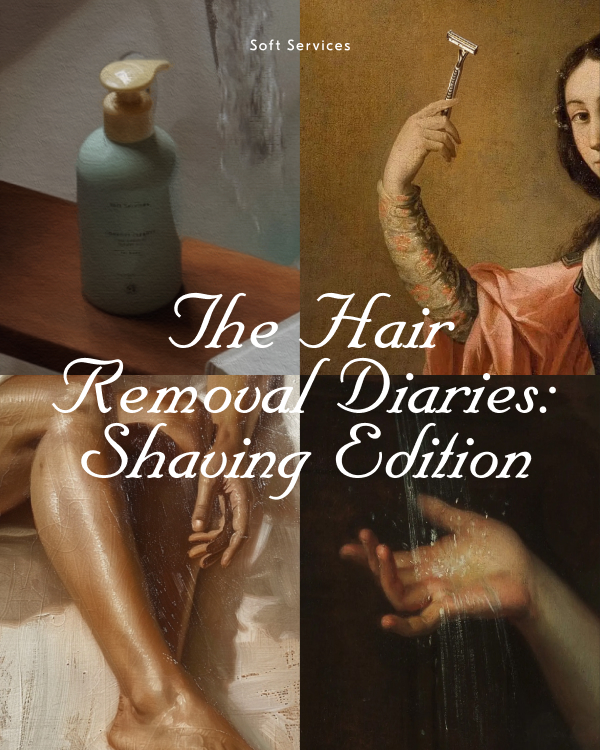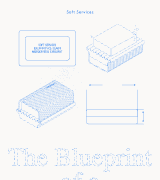| The Sunburn Series |
Part I |
|
|
|
In the sun, we stop making sense. We believe one thing and do another. Although officially unwelcome, sunburns are tacitly accepted as a sign of a good time gone a bit far, like hangovers—excusable and unserious. Despite the pain, we rationalize and justify sunburns so we don’t have to meaningfully change our future actions.
Your skin does not share this confusion. To your skin, sunburns are traumatic episodes with lifelong echoes. Even mild sunburns damage cell DNA, impairing organic function and impeding cell repair down the line. Look at sunburns from your skin’s perspective, and the cognitive dissonance clears.
Once you understand just how fiercely the sun affects your skin, protecting it becomes second nature. Today, we’re setting the record straight and debunking sun myths that have stuck around for far too long.
|
|
Technically, sunburn is a type of radiation burn, caused by ultraviolet (UV) light. That places it on the mild end of a spectrum with X-rays, chemo, or nuclear radiation burns, which quickly reframes things. Sunburn occurs when UV light penetrates the outer layers of skin, damaging cell DNA. UVB rays penetrate outer layers of skin, overwhelming protective melanin and triggering surface burn, blistering, and tanning. UVA rays penetrate deeper, inflicting genetic damage to skin cell DNA in the furthest reaches of the dermis (where most skin cancers form).
Cellular injury triggers an inflammation response and skin enters crisis mode: blood rushes to the area, making skin appear pink, red, or darker; water is pulled to the surface, dehydrating skin; pain receptors go haywire. This can produce extreme tenderness, itchiness, swelling, tightness, surface heat, and regret.
If the burn is deep enough, skin will peel. What you are witnessing there is apoptosis (a cell-death bonanza), where in an effort to cut their losses, damaged skin cells tell nearby living cells to proactively kill themselves off. Instead of initiating repairs, energy is rerouted to prepare new cells for early takeover, like baby prince regents. Unlike the dead skin shedding off during physical or chemical exfoliation, the skin lost in peeling wasn’t at the end of its natural life cycle—it still had work to do. So even though it’s tempting to help the peel process along, don’t pick and pry. That skin is already scrambling to recover from a mass layoff. Hands off for 7-10 days.
|
|
| Sobering Sun Facts |
- Skin damage begins with the first sunburn and increases with any UV exposure, not just burns.
- Every subsequent sunburn raises the risk of melanoma and impairs cellular self-repair.
- 1 blistering sunburn in youth doubles the chance of melanoma in later life.
- 5 or more sunburns at any age more than doubles the chance too.
|
|
|
|
Tanning is a response to UV damage. When skin encounters its first UV-related injury (in all but very light or albinic tones), it produces more melanin, hoping to prevent another injury. This creates a slightly darker skin tone or tan on the affected area. In the future, exposing that same area to any UV light can trigger melanin production, even without burning.
It’s true that melanin is skin’s natural sun defense, absorbing UV light and dispersing it as heat. Darker skin has more melanin and, by definition, takes longer to burn, but all skin can burn and suffer from UV damage. And there is no tan without sun damage. The deeper the tan becomes, the more damage has been received. This is why ‘base tans’ are a myth: a tan isn’t a solution to skin damage–it’s a sign of skin damage.
|
|
Obvious but important thought:
Skin tone is not something to change. |
| Reference an area of your body that has never or rarely seen sun (often the backside). That’s the color of your skin at its healthiest—the shade your skin wants to be everywhere. Your mission: protect all skin from UV light until your entire body color-matches your butt. |
|
|
|
The fact that the sun is necessary for planetary life does not make it harmless to human skin. Our bodies are 70% water and humans can drown in an inch of H2O. Sunlight creates the world we live in and inflicts lasting damage to skin cells. The 4.6 billion-year-old ball of fire in the sky does not have your best interest at heart. Like so many natural phenomena—tornadoes, grizzly bears, toxic parents—you remain healthier the less time you spend in direct contact. |
|
By adulthood, most people can identify classic burn-bait conditions (like 4th of July at the beach), but some burns sneak in through car windows when guards and visors are lowered. These factors increase your risk of ‘stealth sunburns’—burns that happen faster than you expect or at unforeseen times.
- Including nonsteroidal anti-inflammatory drugs (NSAIDs), retinoids, tetracycline antibiotics, St John's wort, and others.
- Dermatological conditions like acne, rosacea, and dermatitis.
- Autoimmune diseases and disorders.
Changing seasons and locations:
- UVA spikes during the hours of 10am–4pm, and traveling closer to the equator ups the intensity too, accelerating the usual timeframe for sunburn.
Underestimating the elements:
- For skin, all weather is inclement weather. There is always something coming down out there: rain, snow, sleet, or yes, streaming sunlight. 80% of UV light penetrates heavy cloud coverage, so, if you’re going to be outside for any length of time, a protective layer is beneficial in literally all weather.
|
|
| Think about it: |
- Anytime you need sunglasses, you need a hat.
- Ball caps are missing three-quarters of the necessary brim to be a useful sun hat.
|
|
|
|
Each sunburn
is serious, but every instance is survivable. |
|
|
|
|





